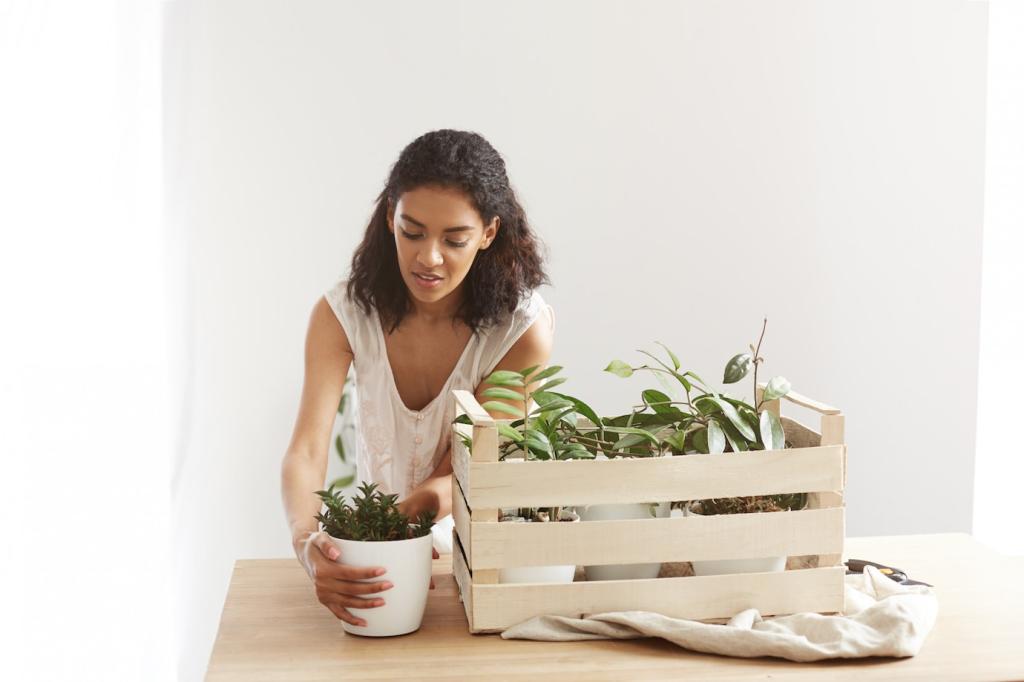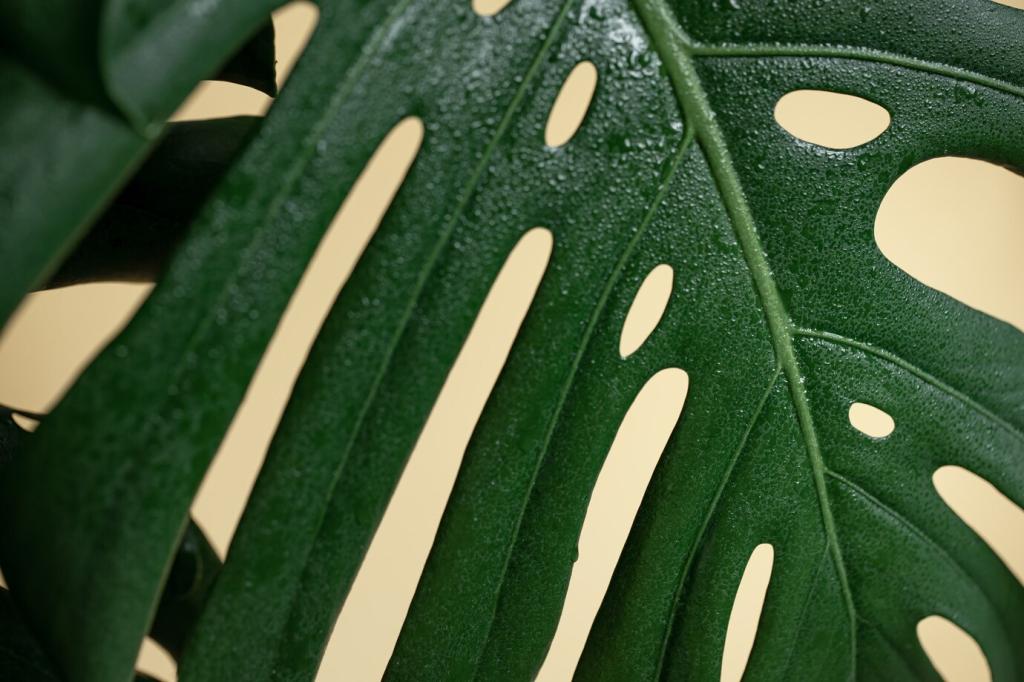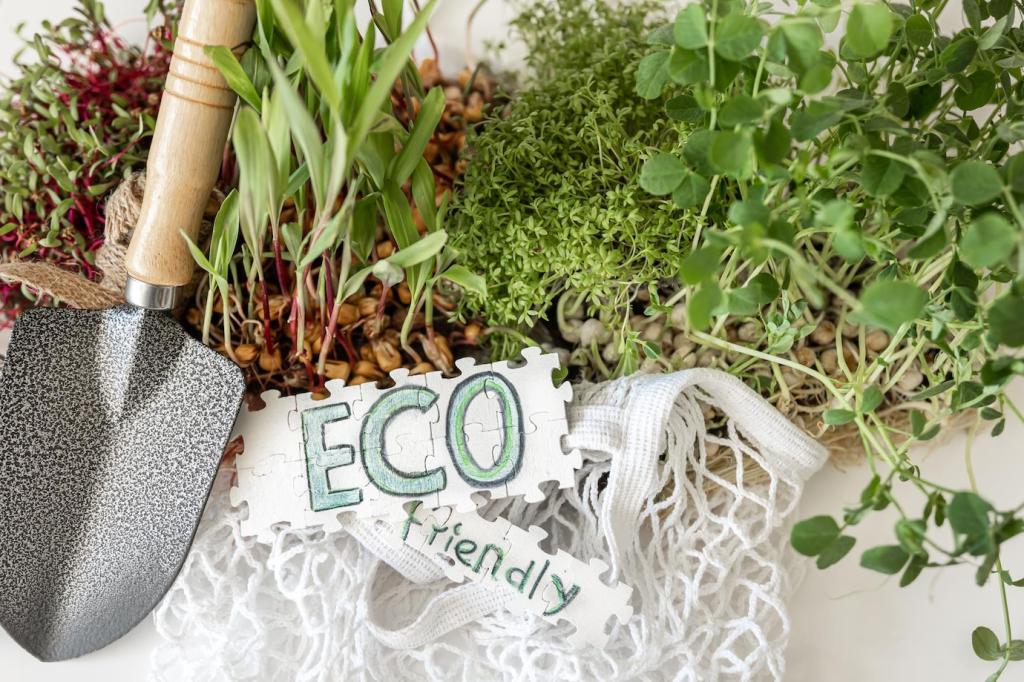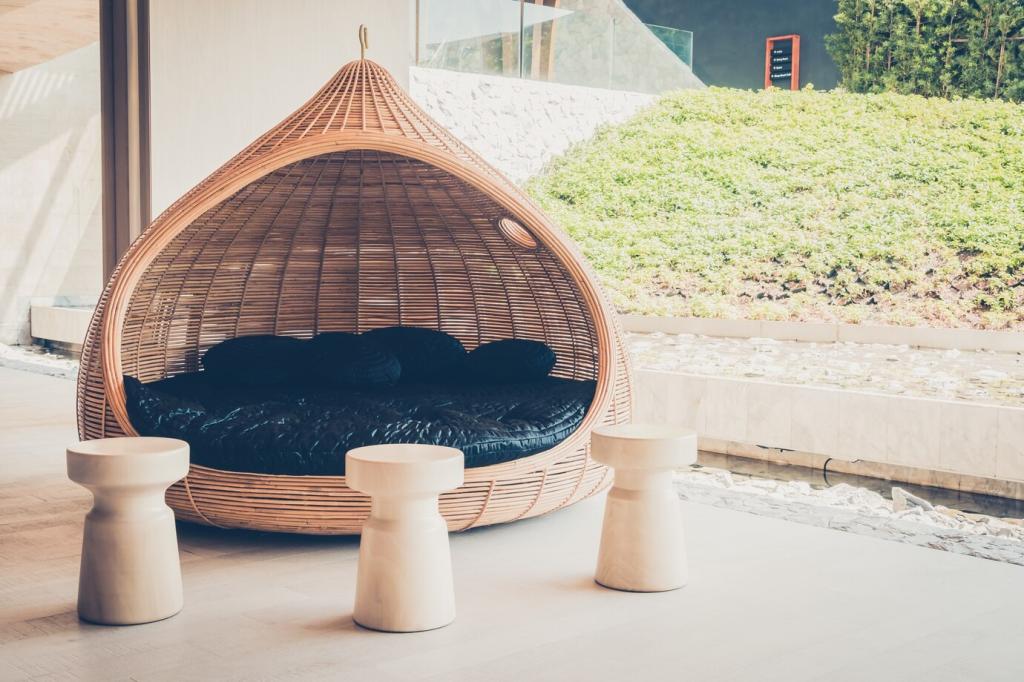Reimagining Design: Recycled and Reclaimed Materials in Modern Furniture
Chosen theme: Recycled and Reclaimed Materials in Modern Furniture Design. Step into a world where patina meets precision, and sustainability feels beautiful. Explore ideas, real stories, and practical steps. Tell us what forgotten material you would rescue, and subscribe for fresh inspiration.
From Patina to Poise: The Aesthetics of Second-Life Materials
Wabi-sabi Meets Modern Lines
The quiet poetry of wabi-sabi pairs beautifully with minimal silhouettes, letting knots, nail holes, and gentle scars play the lead. Clean geometry frames those imperfections, making each mark intentional, elegant, and unmistakably present in modern living rooms.
Materials with Memory
That tabletop may have survived winters as a barn beam; those brackets once secured a factory window. Memory-rich materials invite storytelling over dinner, transforming furniture into heirlooms. Ask guests to guess each piece’s origin, and watch conversations blossom naturally.
Balancing Patina and Performance
Design maturity shows in the balance between visible history and daily durability. Subtle sanding respects texture, while precise joinery delivers stability. The result: surfaces that feel honest and sturdy, always ready for coffee mugs, laptops, and spontaneous weeknight gatherings at home.



Craft and Technique: Working with the Unpredictable
Preparation and Decontamination
Scan reclaimed boards for hidden nails, then de-nail with care to protect blades. Test and strip old finishes, avoiding lead hazards through proper safety routines. Normalize moisture content before milling. Thoughtful prep preserves character while ensuring your tools, lungs, and final piece stay safe.




Styling Your Space with Reclaimed Elegance
Contrast as a Design Strategy
Pair a weathered oak top with a satin-black recycled steel base for dynamic tension. Add smooth ceramics to counter rough grain. Keep surfaces edited. This contrast guides the eye, letting your reclaimed hero piece read as intentional, sculptural, and refreshingly modern within your home.
Texture, Light, and Color
Directional lighting reveals grain, saw marks, and metal facets. Soft neutrals help complex textures breathe, while a single bold accent color energizes without clutter. Consider linen upholstery or rescued wool to layer warmth. Share your palette and lighting setup; we’ll help refine the mood thoughtfully.
Small Spaces and Multifunctionality
Think folding desks from reclaimed joists, wall-mounted shelves with recycled brackets, and bench storage made from crate panels. Slim footprints, generous purpose. Choose pieces that transform easily between work and rest. Comment with dimensions of your space, and we’ll propose modular layouts supporting daily rhythms.
Stories from the Workshop: Lives Transformed
We salvaged maple planks from a closed school gym, lines still faintly visible. After careful milling, the stripes became inlays. A family gathered, noticing echoes of games past. Now homework, birthdays, and everyday meals carry the soundtrack of sneakers, laughter, and newfound continuity at home.

Start Making: DIY Pathways into Reclaimed Furniture
01
Sourcing with Integrity
Visit architectural salvage yards, deconstruction sites, and responsible recyclers. Request provenance when possible. Avoid illegal harvesting or questionable origins. Look for straight grain, manageable sizes, and traceable coating history. Drop your favorite local sources below and help neighbors discover ethical materials worth saving together.
02
Tools, Safety, and Setup
Use PPE, dust extraction, and a metal detector to protect blades and lungs. Keep a de-nailing station ready. Prepare sharp hand tools for precise fitting. Practice test cuts on scrap. Share shop layouts and we’ll suggest ergonomic tweaks that make sustained, creative work feel easier.
03
Share, Learn, Subscribe
Document your build, including mistakes, because they teach best. Post progress shots, ask specific questions, and offer feedback generously. Subscribe for workshops, material spotlights, and design prompts. Together we grow a supportive, skilled community proving circular design can be approachable, functional, and genuinely beautiful.
